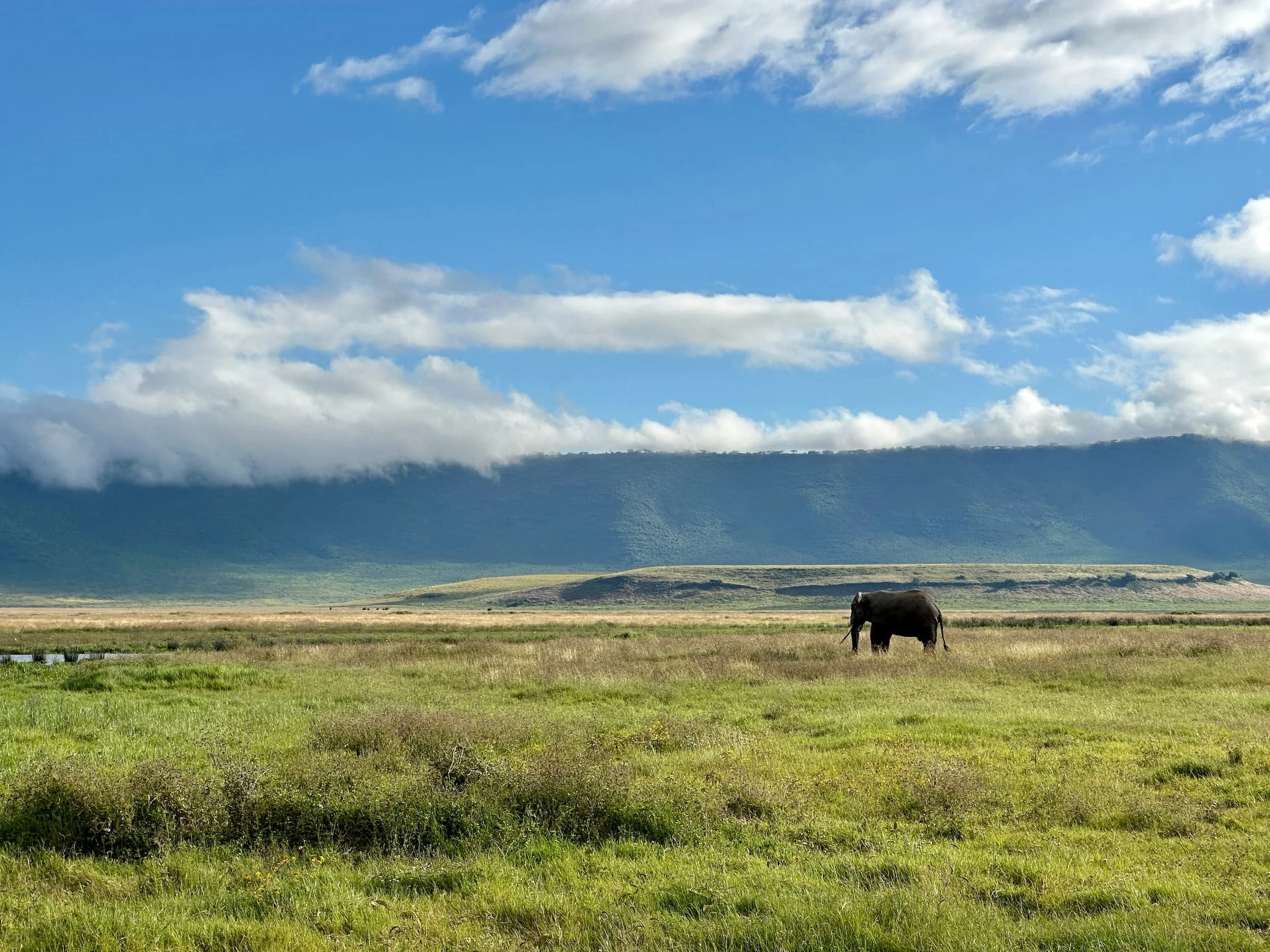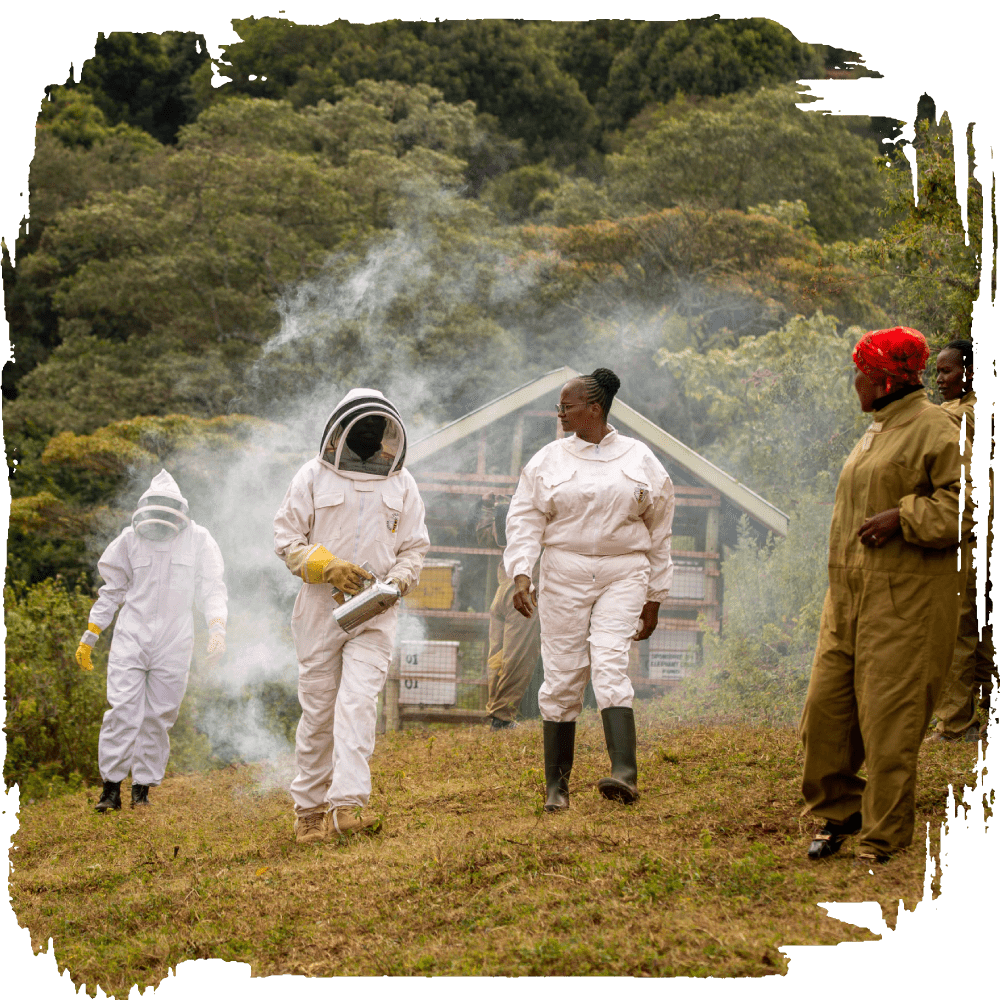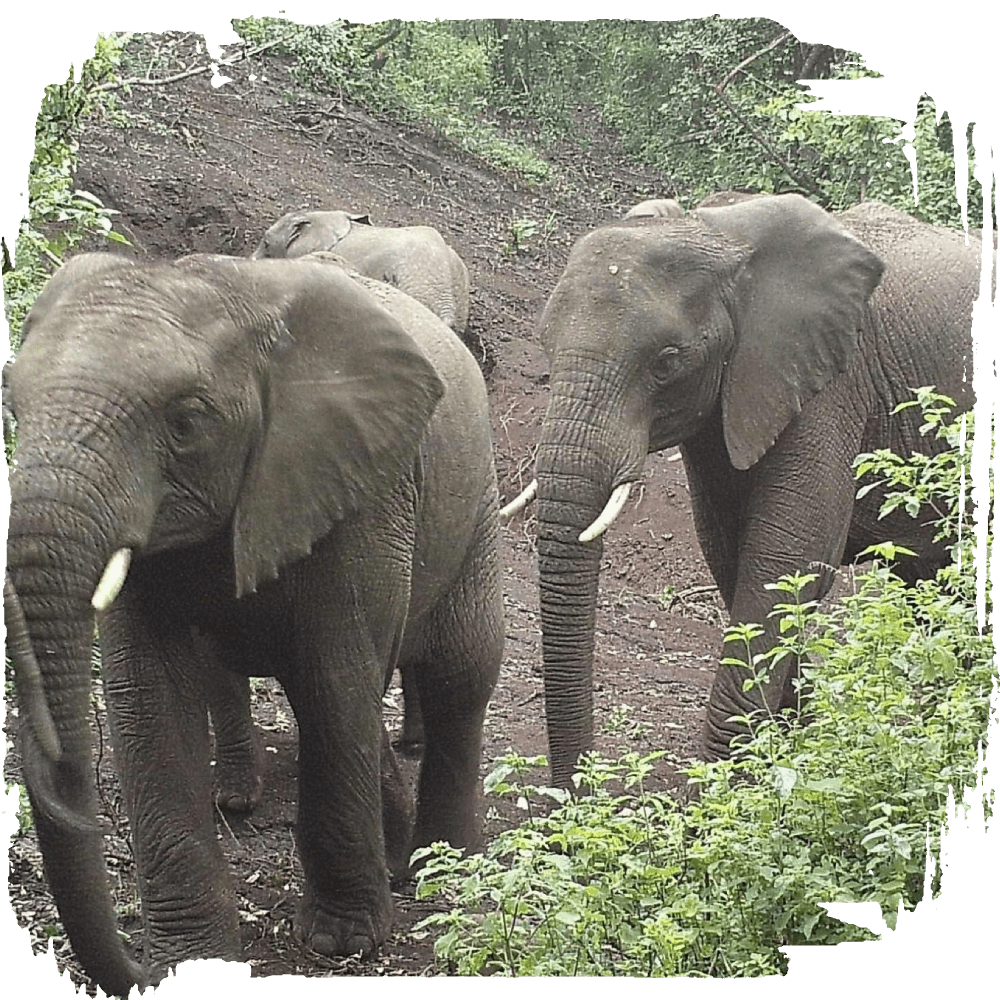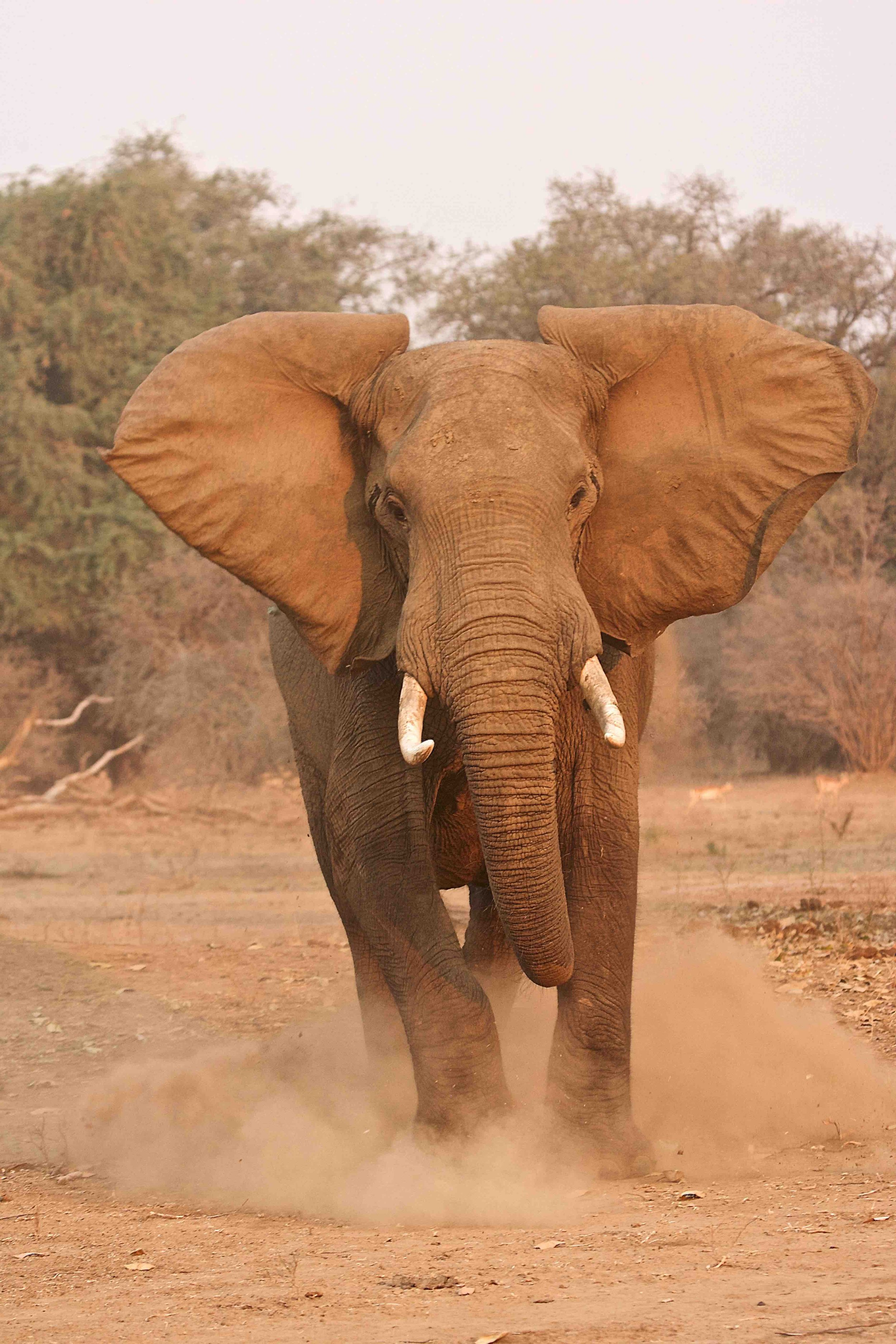
NGORONGORO ECOSYSTEM

Flagship coexistence and women’s empowerment in one of Tanzania’s most important elephant corridors.
Our work in the Ngorongoro Ecosystem began here in Upper Kitete Village in 2018, in partnership with PAMS Foundation — our first human–elephant coexistence project and now our flagship model. Over the years, it has evolved into a self-sustaining, community-led programme that protects both livelihoods and elephant habitat. In 2023, we began replicating the model in the neighbouring Kitete village.

Ngorongoro’s corridor is a lifeline for elephant movement across northern Tanzania.
why this ecosystem matters
By pairing proven conflict mitigation with women-led enterprises, Upper Kitete and Kitete are not only keeping farms safe but also ensuring that the corridor remains open and ecologically functional. This is coexistence at its most durable: rooted in local ownership, financed by community enterprise, and guided by long-term ecological monitoring.
-
In the Ngorongoro ecosystem, we work in:
Kitete
Upper Kitete
-
The Ngorongoro highlands form part of a critical elephant corridor linking the Ngorongoro Conservation Area to Lake Manyara National Park, Tarangire, and beyond. This narrow corridor — just 3 km wide and 10 km long — connects more than 1,000 elephants as they move between the highland forest and the escarpment below, passing through farmland in Upper Kitete and Lositete. Each night, elephants follow this route to reach Selela salt lake, an essential mineral source for growing calves and ageing adults.
This landscape is home to a unique mix of farming communities, Maasai and Iraqw cultures, and one of Tanzania’s most closely monitored elephant populations. Elephants here navigate a mosaic of farmland, forest patches, and traditional grazing areas, moving seasonally between key habitats. Its position, bisecting two farming communities, makes it both a vital ecological pathway and one of the most challenging coexistence frontlines in northern Tanzania.

Upper Kitete: From Pilot to Flagship
When we began, Upper Kitete’s fireline farms were on the frontline of intensive elephant crop-raiding with nightly raids requiring a high investment by farmers in recruiting farm guards, and spending their household income on torches and fuel to run a shared tractor that would chase elephants off land each night. Bulls and matriarchal herds of 10 to 15 would regularly enter farms, either from the corridor during their nightly migration to the escarpment below. The introduction of a 4.25 km beehive fence runs along the fireline boundary separating the NCA Highlands Forest and farmland, and connects to the western border of the elephant corridor. With coordinated farmer management, conflict reduced dramatically. What makes this project exceptional is what grew from the initial fence.
The NARI Women’s Beekeeping Enterprise Group was formed to manage their own apiary and support the fireline fence farmers through honey and wax sales.
Profits from their branded “Never Forget Honey” fund fence maintenance and management — creating a circular economy that keeps the deterrent effective without reliance on external funding.
The women run a permaculture garden producing diverse organic vegetables and fruits, feeding more than half the community and promoting soil health and regenerative farming.
Members completed Training of Trainers (ToT) in beekeeping and now train other women in the village, and have extended support to neighbouring Kitete Village through the newly formed SAHHTI Women’s Group.
Enterprise profits also provide microloans for women to start or expand small businesses, strengthening household resilience.
This model has been showcased nationally as a proof-of-concept for combining coexistence tools with women-led enterprises that fund and sustain conservation outcomes.

Corridor Monitoring and Elephant Behaviour Research
Since 2018, Upper Kitete has also been the base for our longitudinal monitoring of the elephant corridor, movement patterns, and behaviour.
Occupancy rates in the beehive fence have remained consistently above 65%, maintaining a strong deterrent effect.
Our data tracks herd composition changes and elephant risk assessment over time in response to the fence — showing increased decision-making time before approach and more frequent diversion from farm entry points.
This monitoring informs not only our work in Ngorongoro but also coexistence strategies in other ecosystems.
tHE Results
-
Continued use of the elephant corridor without degradation, and increased local stewardship of habitat.
-
36 NARI members trained in beekeeping and permaculture; 6 ToT graduates now training others.
-
Permaculture garden produces diverse organic crops, supplying over 50% of the community.
-
100% of fence maintenance funded through women’s enterprise profits.
Kitete Village: Building on Success
In 2023, we began replicating the Upper Kitete model in Kitete Village — expanding protection along the fireline farms and creating new opportunities for women-led enterprises.
The project continues to demonstrate that conservation rooted in community and equity delivers results:
Beehive Fence: 3.5 km completed, protecting all fireline farms.
Hive Occupancy: Increased from 29% to 49.04% in the first year.
Women’s Apiary: 67% occupancy; first commercial harvest due October 2025.
Elephant Crop-Raiding: Decreased by 61.5% since installation.
Honey Harvests: 142 kg total from two harvests (community fence).
Permaculture Garden: Installed and in production, with four annual harvests planned.
Enterprise Exposure: Hosted trustees and supporters for a site tour, strengthening local market connections.
Elephant Monitoring & Behavioural Research
Since full fence installation, camera trap and patrol data have revealed a measurable shift in elephant decision-making. Bulls encountering the fence now pause, pace, and withdraw in 60% of recorded incidents. Average engagement time at the fence has increased from 7.5 to 9 minutes, suggesting a higher cognitive load as elephants assess whether to breach. This data is being analysed to form a dedicated behavioural ecology database, which will inform future coexistence strategies in similar elephant corridors across Tanzania.

But we don't do this alone.
Wild Survivors is proud to collaborate with the below organisations to help us deliver our vital conservation work:
Funding Partners:
Addax & Oryx Foundation
Camilla Peake Trust
Ryklow Trust
Conservation Partners (funding and on-ground support):
Nomad Trust
Local schools
Ngorongoro Conservation Area Authority (NCAA)
Local Government Authorities in Upper Kitete and Kitete

EXPLORE MORE
EXPLORE OUR OTHER ECOSYSTEMS
-

SERENGETI ECOSYSTEM
-

RUKWA-KATAVI ECOSYSTEM



















